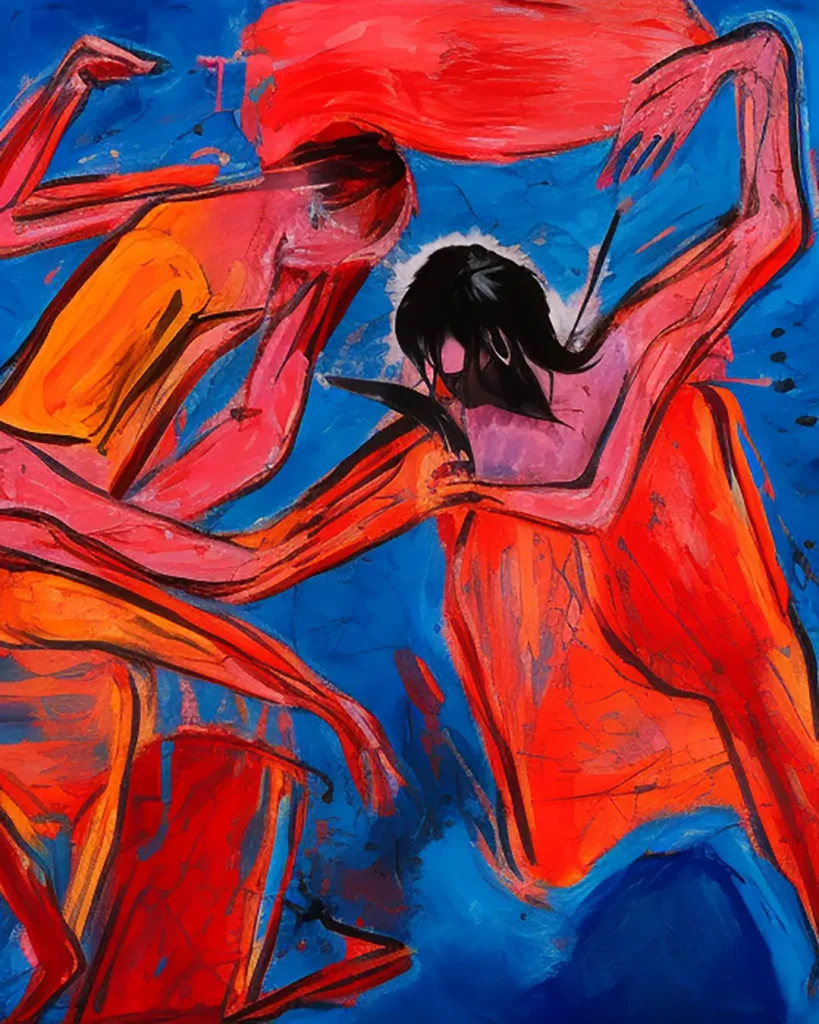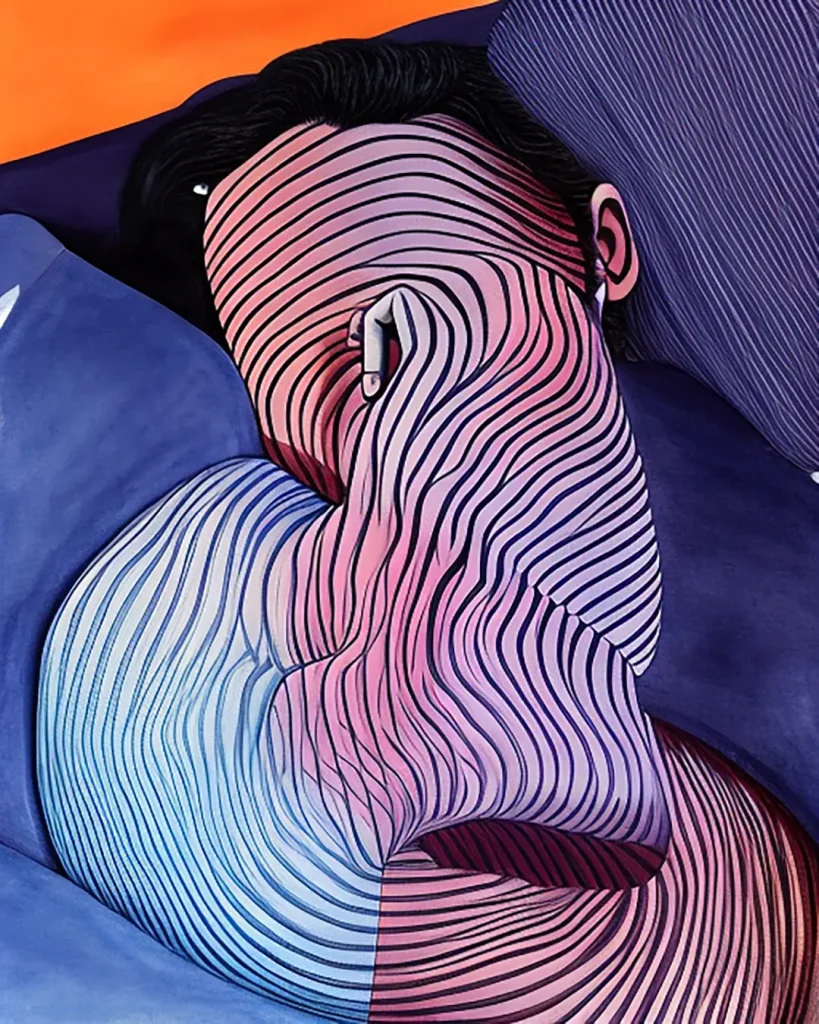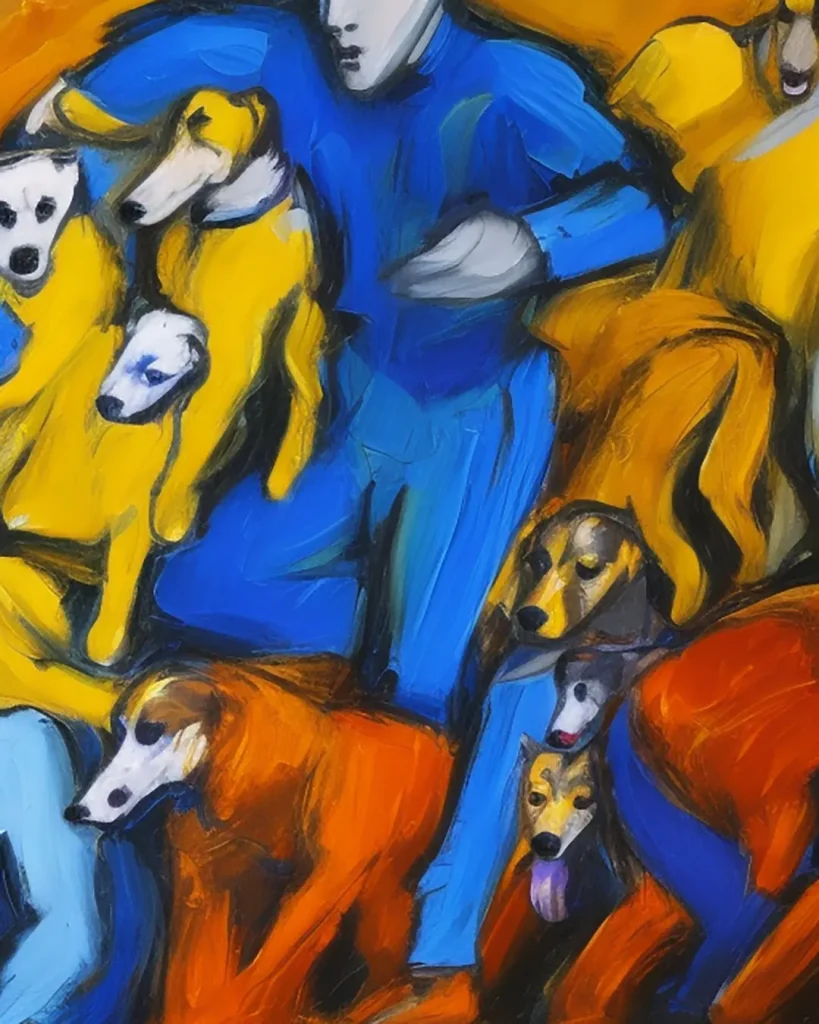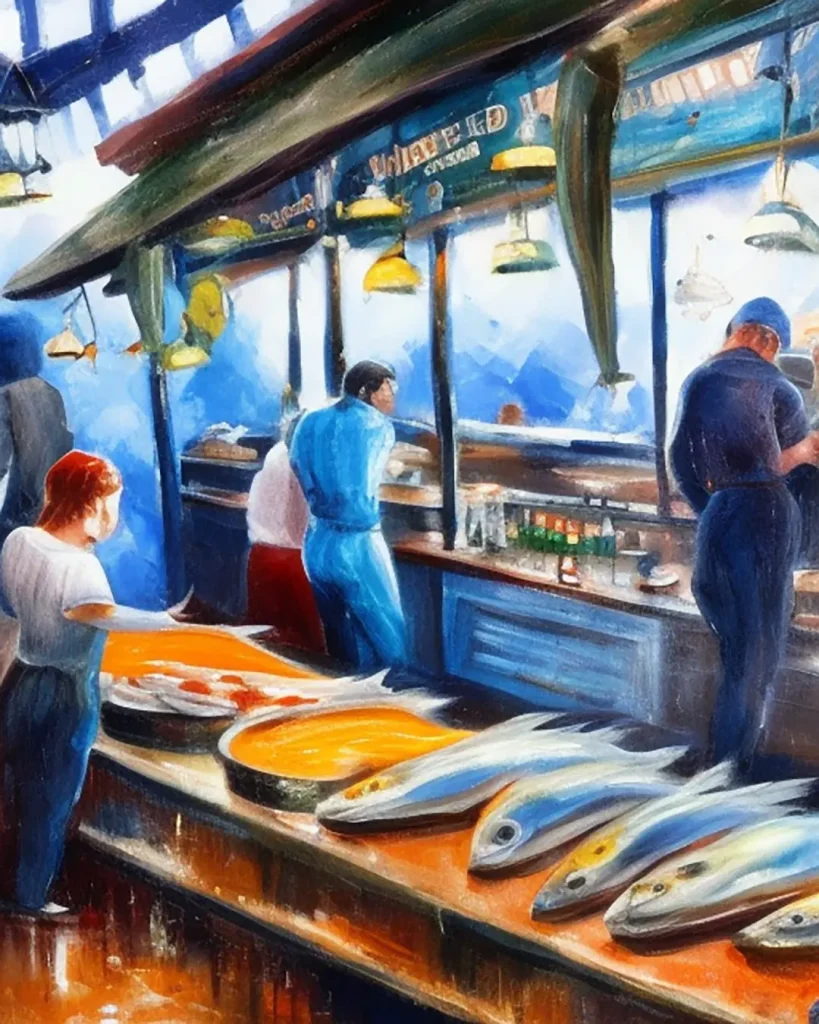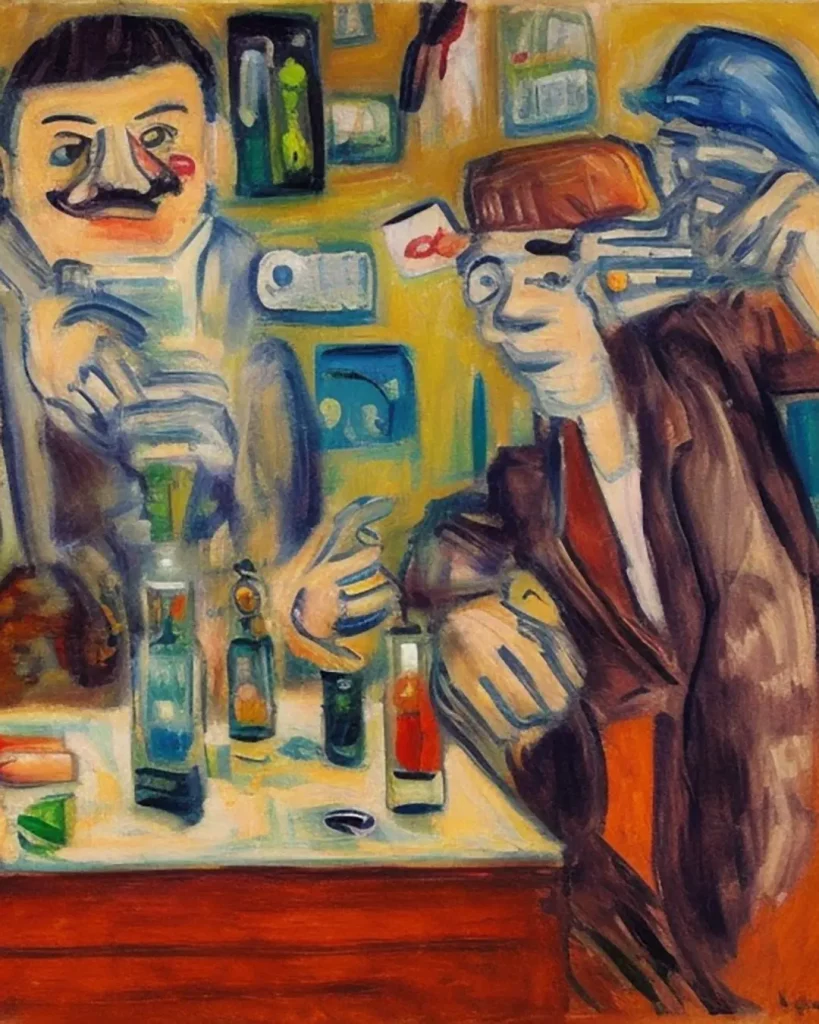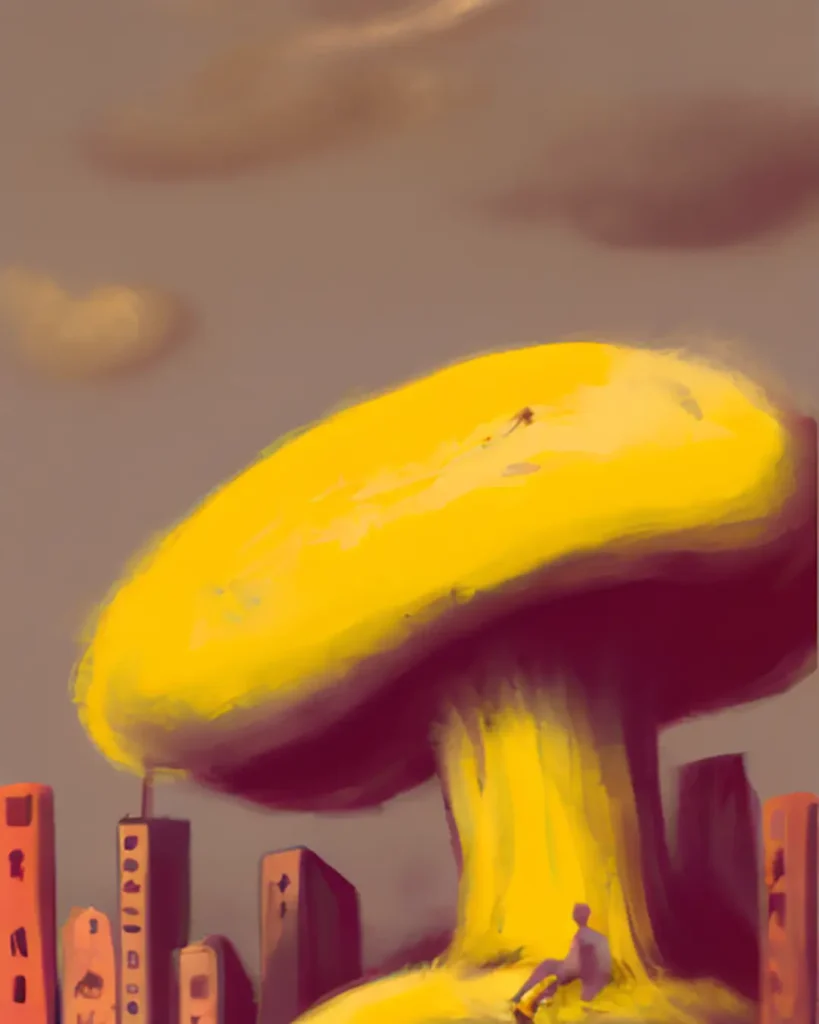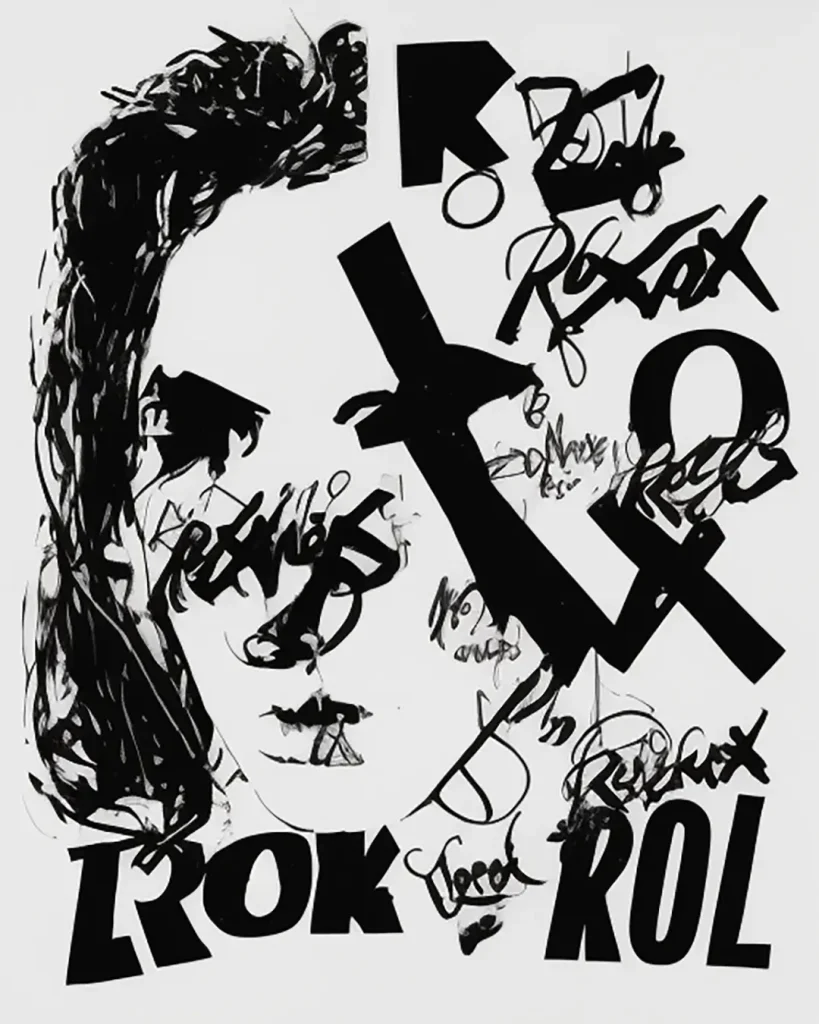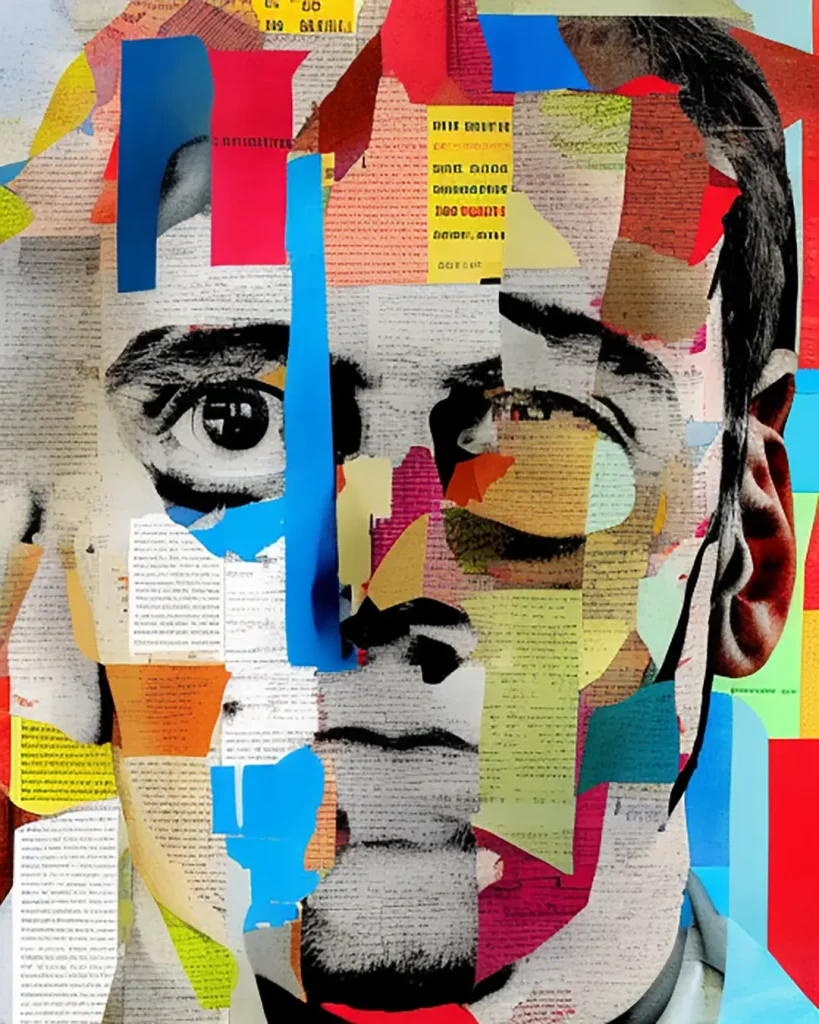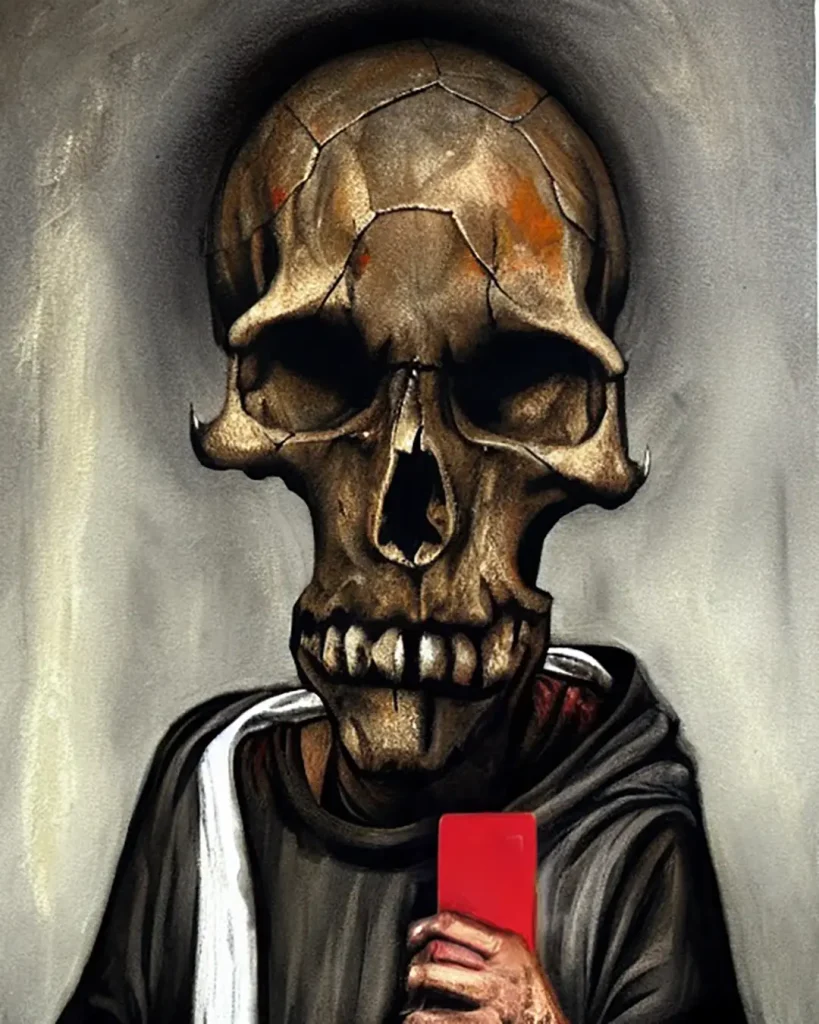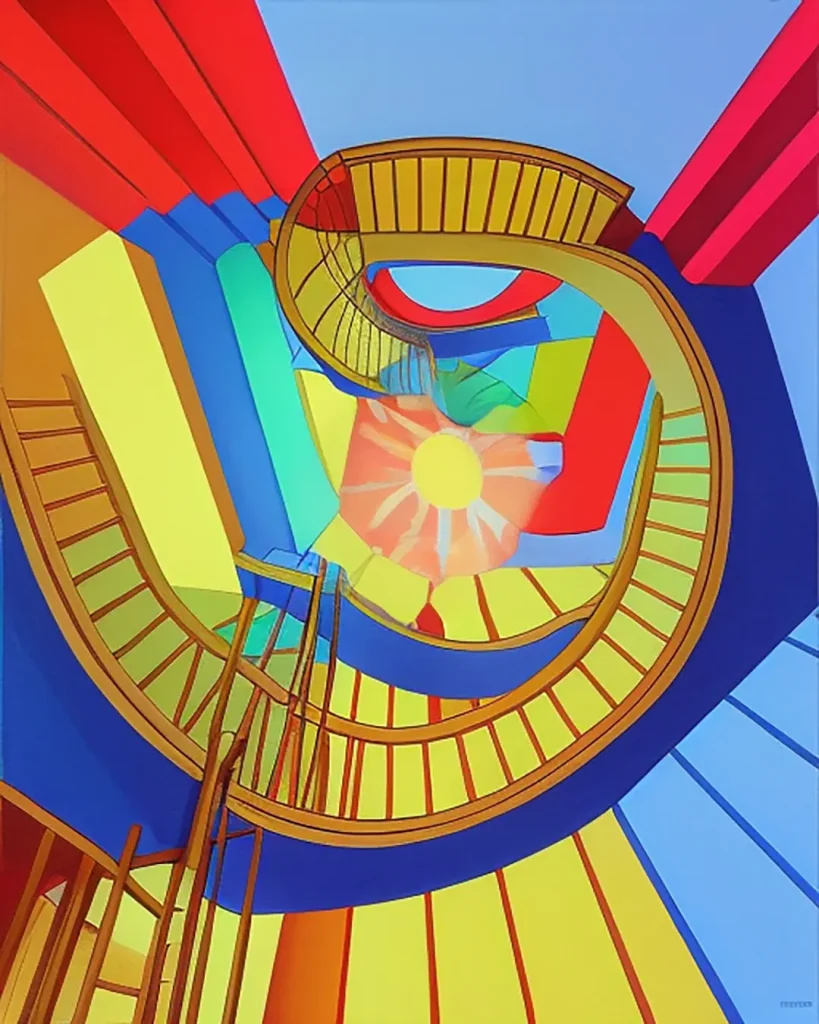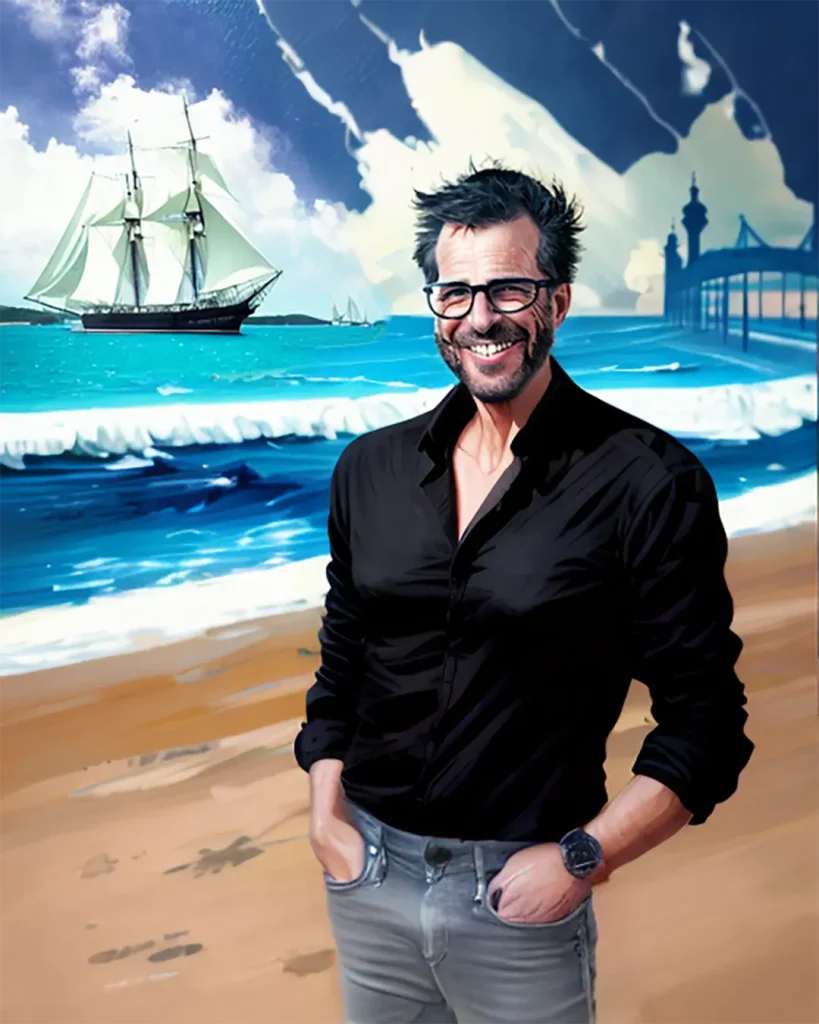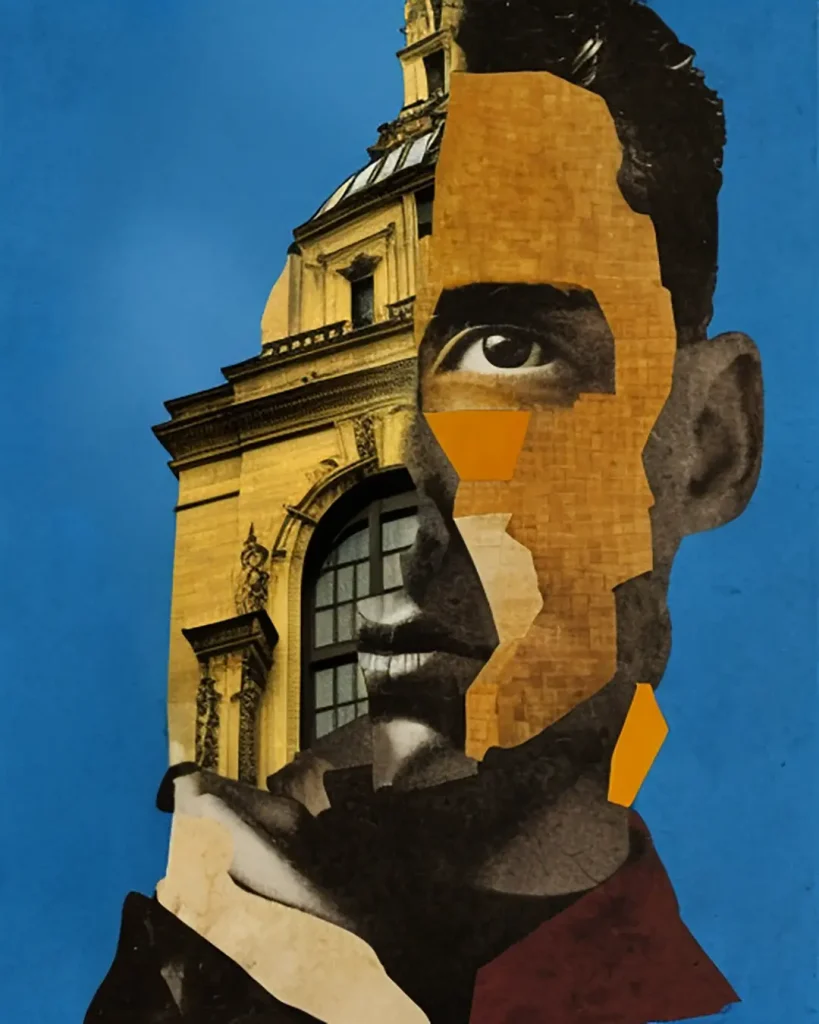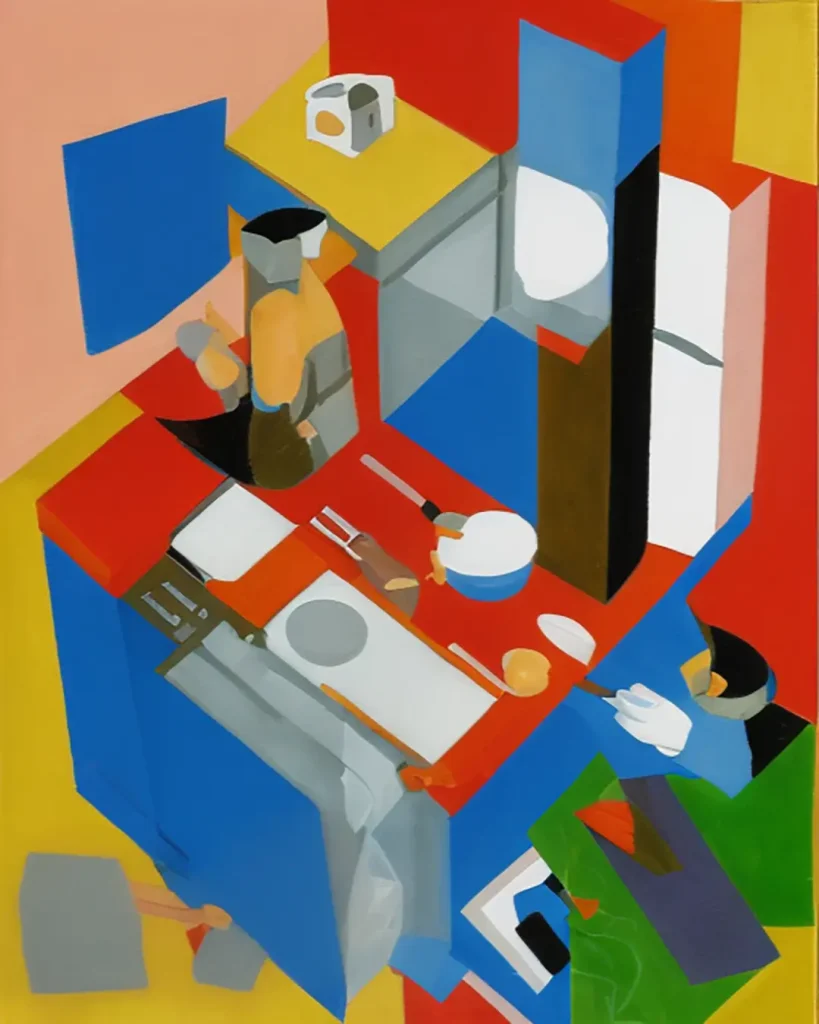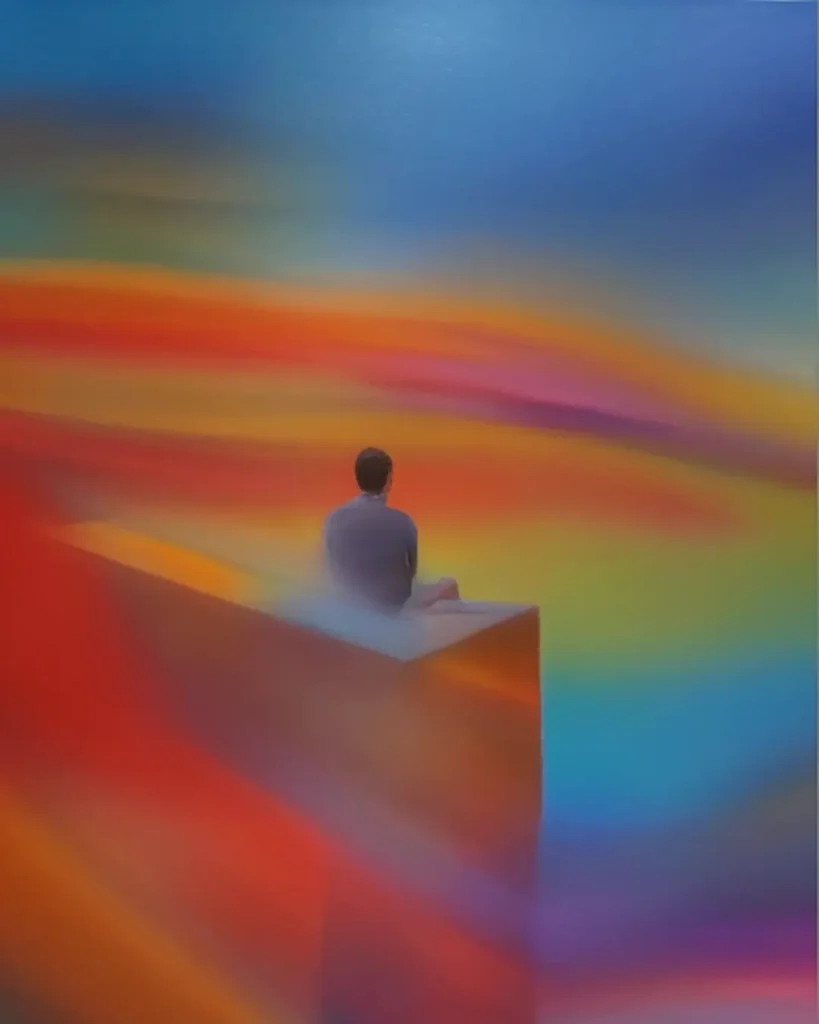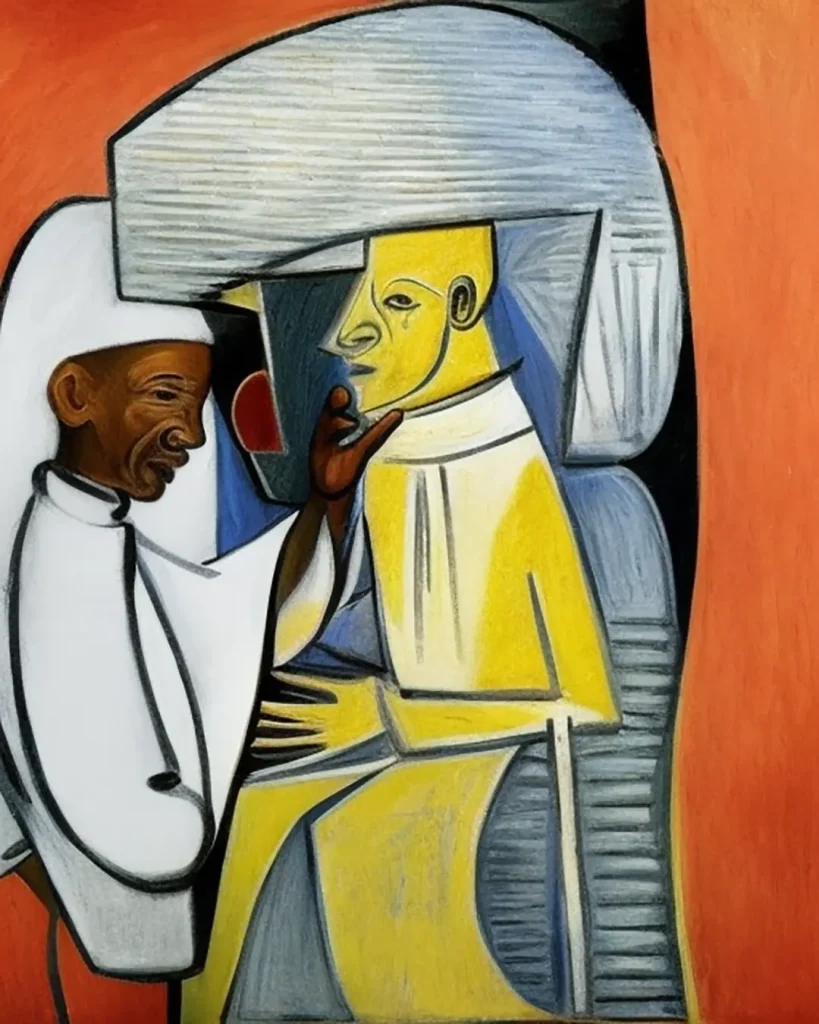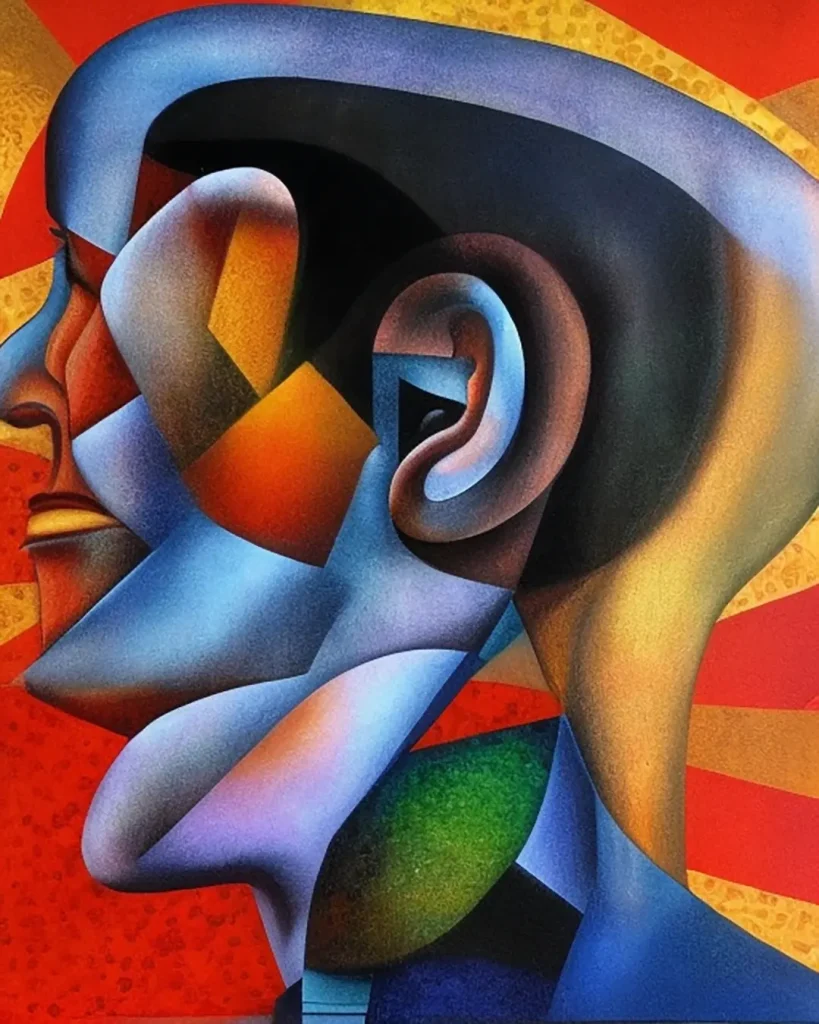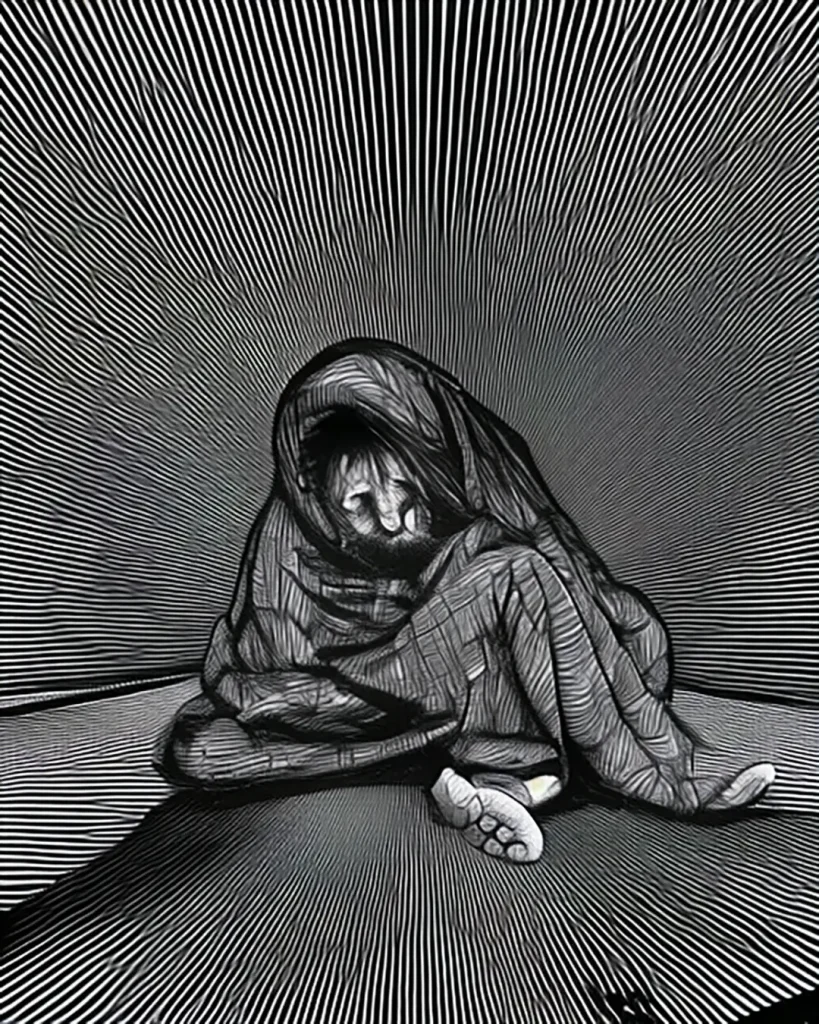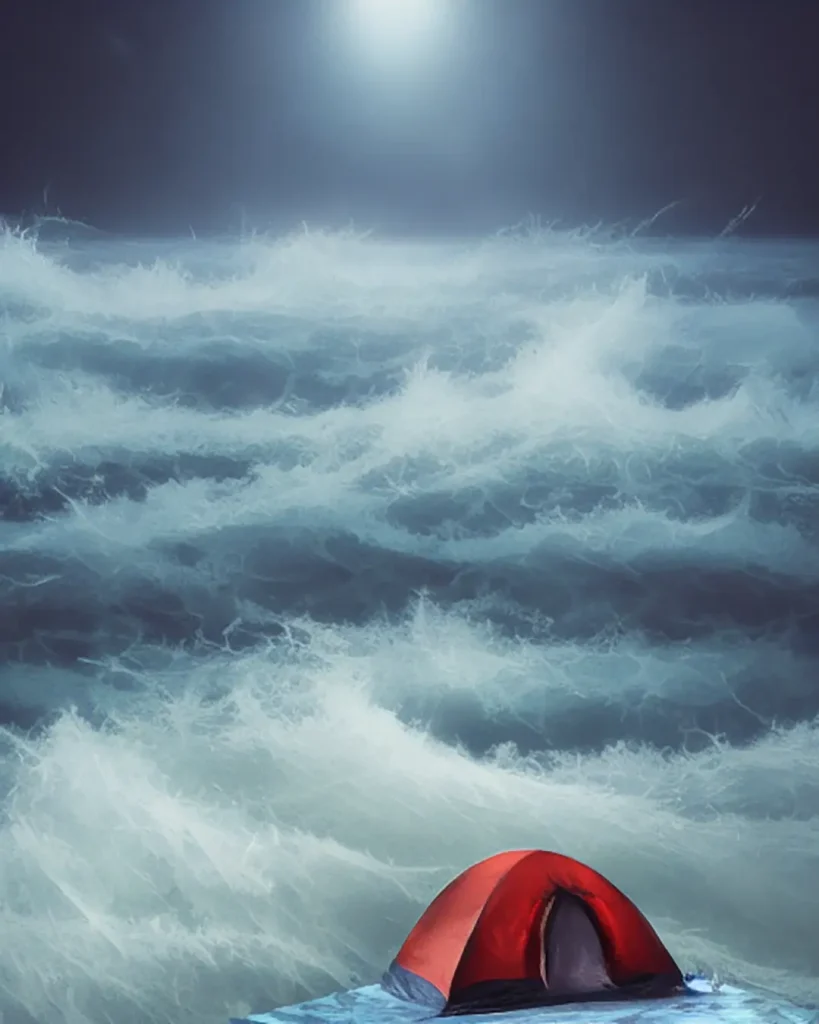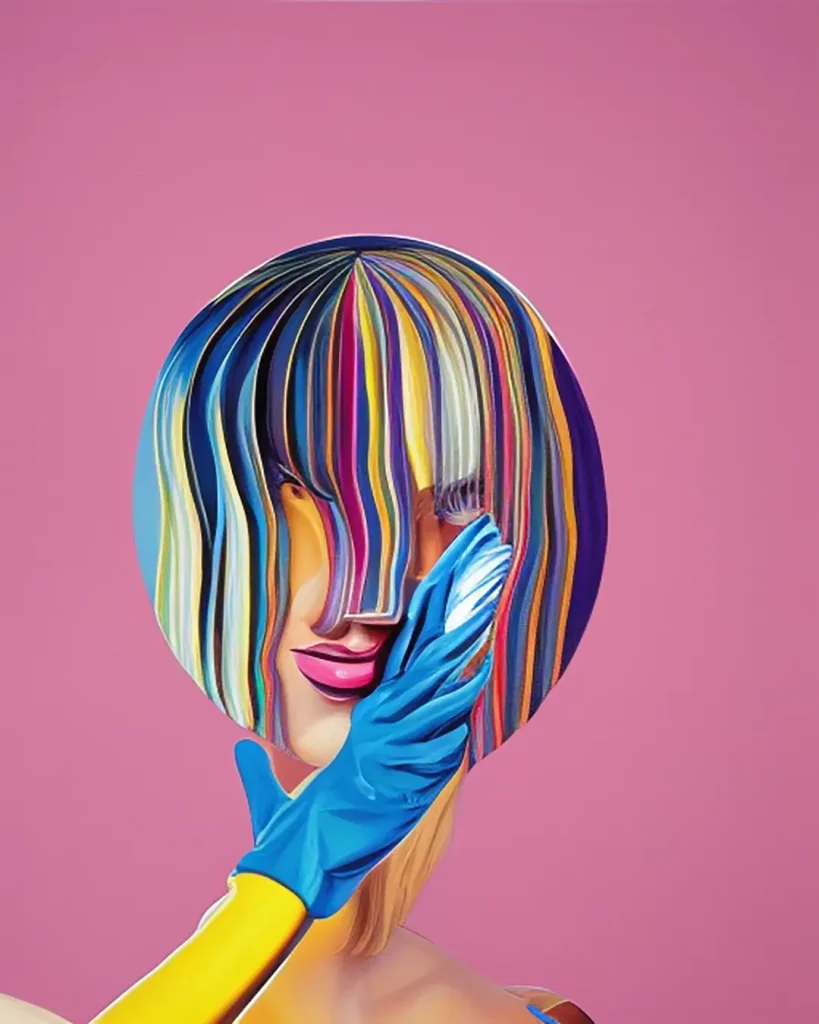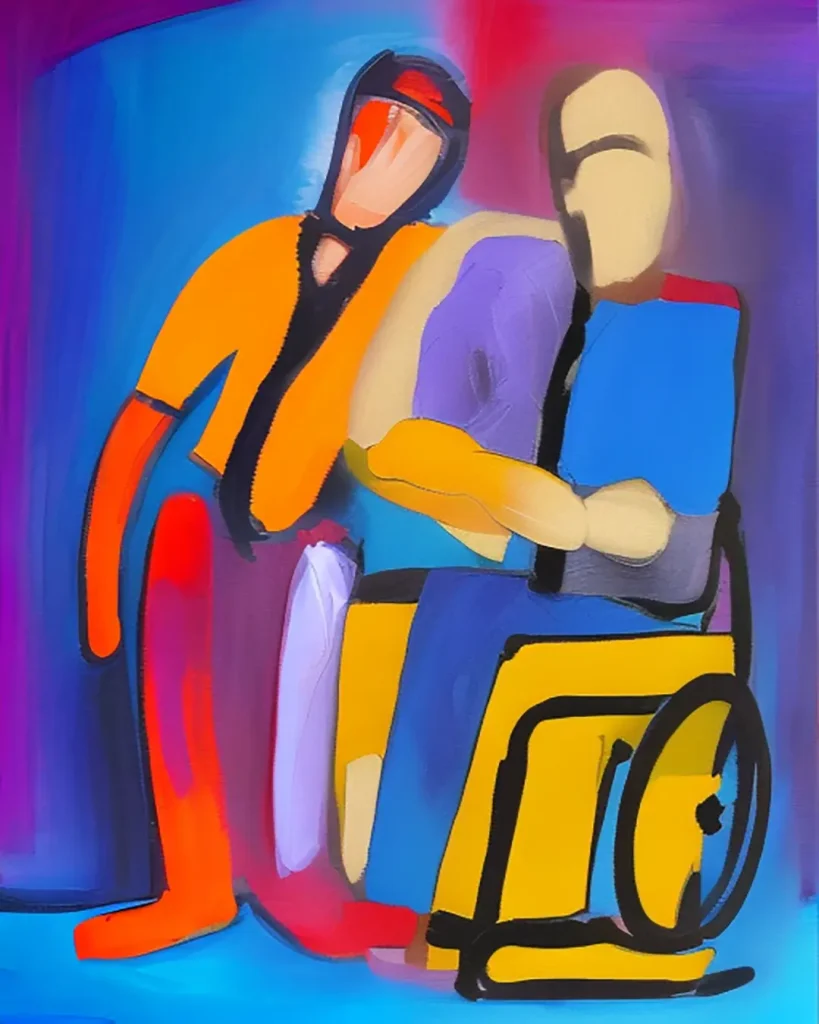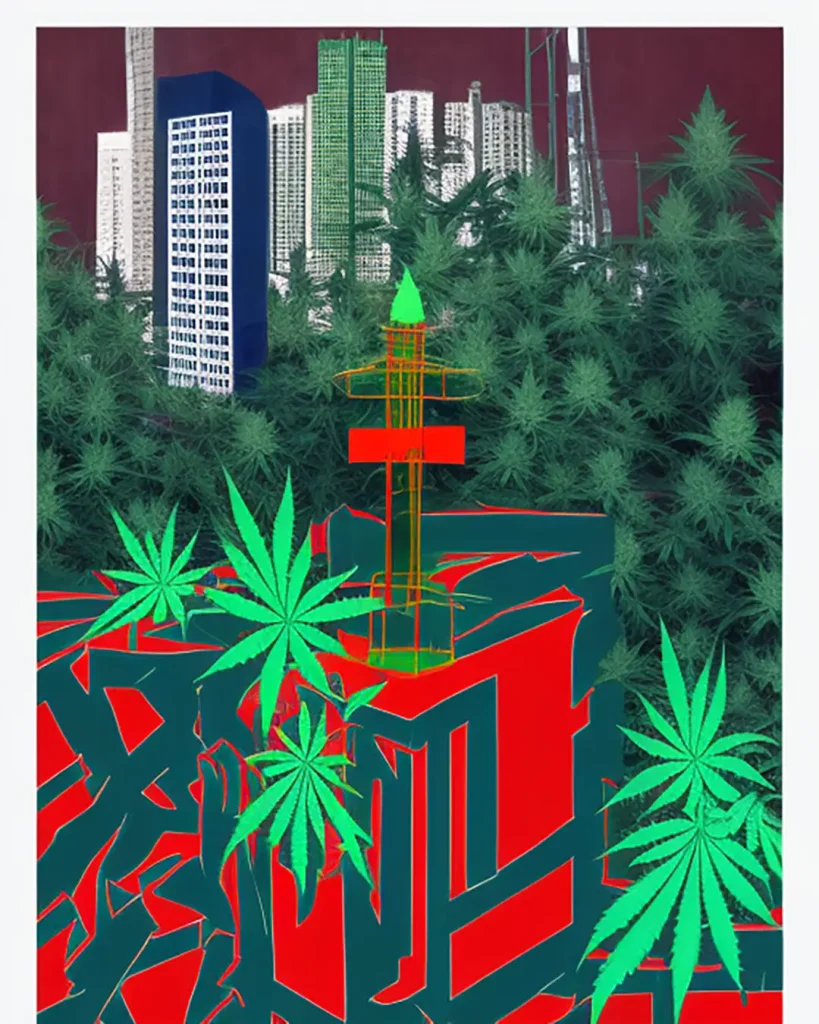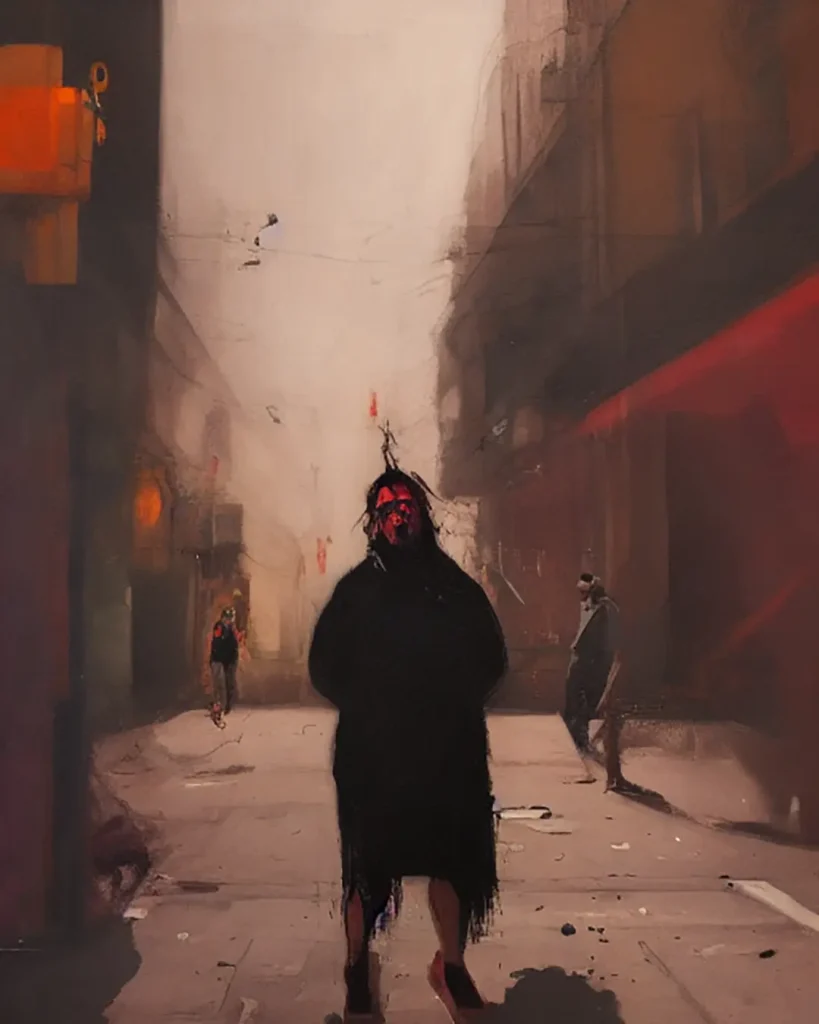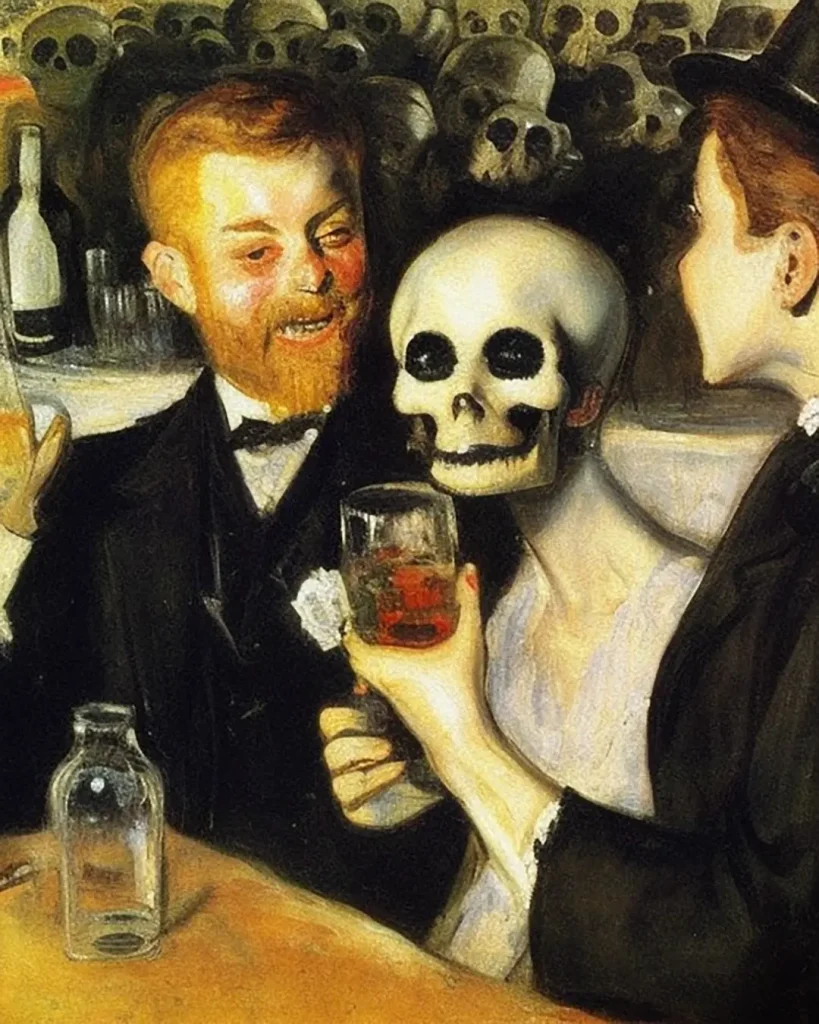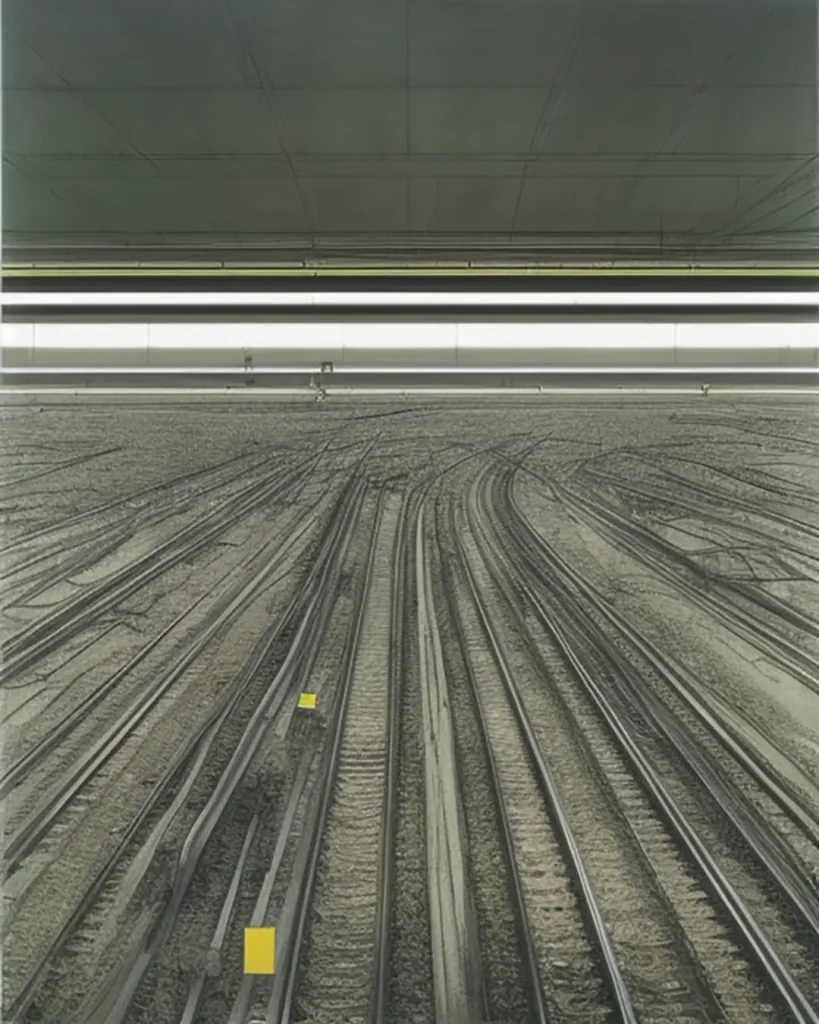The art of the story
„The Lift to Heaven“
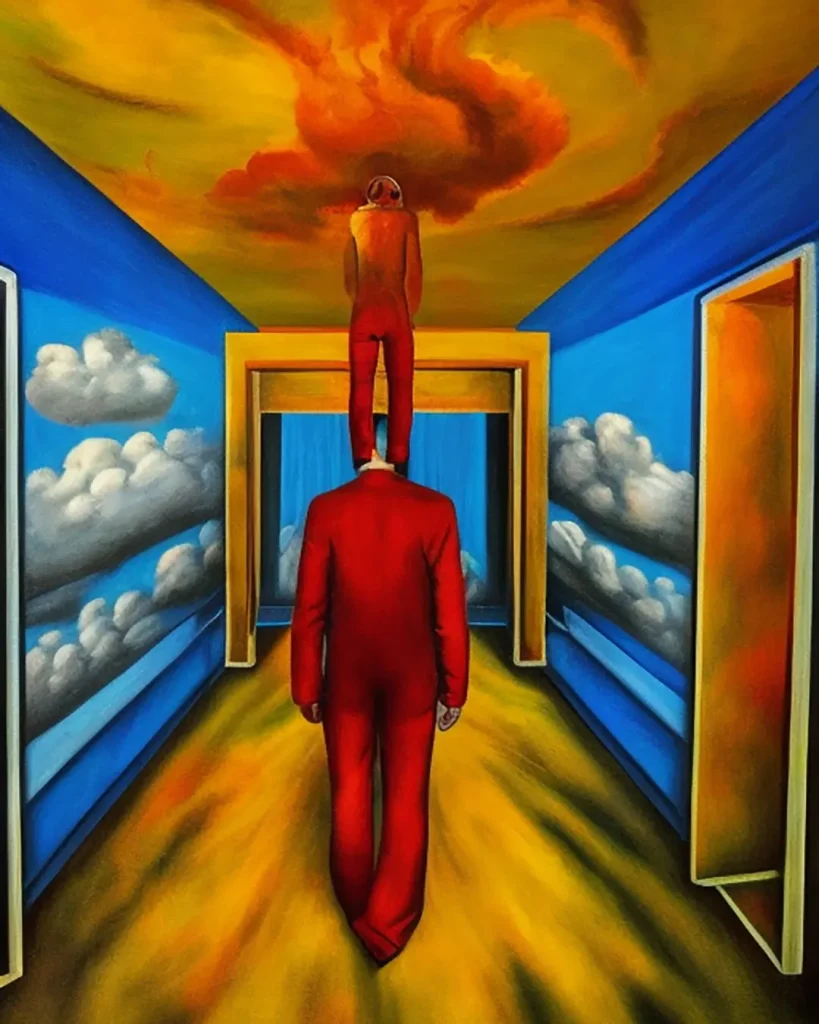

the story of
Chris S.
I do public relations at Hinz&Kunzt, I’m a permanent employee, and for the past seven years, I’ve had the privilege of doing city tours. This means I show the other side of Hamburg.
I’m not a tourist guide in that sense, but I show social hotspots of Hamburg, where there is more or less poverty. It’s about homelessness of all degrees and I go to a number of institutions. But I don’t go into any institutions except Hinz&Kunzt itself. Sure, because I work for the company. I’m allowed to do that, but it’s not like we will have a zoo effect. And for about an hour, I tell the group about Hinz&Kunzt, my life, and how I came to Hinz&Kunzt. I lived on the street for several years, one calls it “Platte machen”.
I’m originally from the Ruhrpott, so I was born on black coal and jumped from one home to the next. I was taken away from my parents by court order when I was 1.5 years old. There I grew up among nuns, strictly Catholic. That means I am one of the victims of abuse by the Catholic Church. So, I will not answer any questions on this matter. Then I left the home at 17 because I broke off my apprenticeship as a roofer. I took the practical exam, but not the written one. I didn’t get any support from the nuns at the time, they didn’t explain to me that it was important to have a completed apprenticeship. For them, it was important that I prayed 14 times a day.
That is when I got all the money that had been saved up for me all those years. I took it to the street and what did I do with it? I took a cheap room in a boarding house and spent the rest. Yay freedom, I got rid of the nuns. But eventually, there was less and less money. Then I went to friends and acquaintances and built a bridge of lies. I told them that I couldn’t get an apartment, etc. That seemed to work for a while, but at some point, more and more people started asking me: “Chris, now what about your apartment?” I was ashamed, and then I went out on the street for seven years.
In those seven years, I managed to become a full-on alcoholic. That is, I started out quite normally with one or two beers a day, and then after seven years, or after about two and a half years, I was on three bottles of vodka a day. After two and a half years. I drank my life away. In the exaggerated sense.
For the first two and a half years I still went to work, despite living outside. And then at some point, I was unable to work anymore. Alcohol was more important, the devil had me in his grip. And then I moved all over Germany and kept my head above water by begging and scrounging. When I started working for Hinz&Kunzt in ’95, I saw that by selling magazines, people perceived me differently: “Look, he wants to work after all”. It is a completely different feeling for you when people can give you something in exchange for their money than when you say, “Give it to me”.
Without Hinz&Kunzt, I wouldn’t even be on earth anymore. Thanks to this job, selling Hinz&Kunzt, I’ve managed to completely move away from three bottles of Vodka. I still drink the occasional beers, but not every day and I can work properly. I love my job.
When you are homeless, you are tilting at windmills like Don Quixote. At first, you manage to take care of your papers, apply for an apartment, etc., but are always turned down. Eventually, you give up. You have no family to support you. You’re lonely even when you have people around you. You are lonely inside.
Every tour has the same questions, but every tour is different. I always say, “In a way, you have to be a bit of a psychiatrist to do my job.” Yeah, you can’t talk to cops the same way you can talk to someone who’s a St. Pauli fan, for example. That’s therapy for me. Others go to a psychiatrist, for me, it’s the guests who come to me. I started with groups of FSJler (people who do a year of voluntary social service), but I have police recruits just as well, such as trainees in Beiersdorf and German women from all social backgrounds.
My main message is that money reassures, but it doesn’t give you health, and it doesn’t give you friends. And I’m not talking about Facebook and Instagram friends. Live. And if there are 3-4, who maintain the friendship and have fun in life. You know it yourself – shit time – for two, three years Corona etc., now Putin. But I get up every morning and go into the day with a positive attitude. And when I realize that I’m already slowly becoming a square myself, then I just have to do a tour. Then I see the misery again and remember to appreciate my values: that I have my own apartment, that I pay for it myself, that I clean it myself. What a lot of people get upset about, because they can only wait five minutes for a train. Which is actually bullshit. Or that the bathroom at home is occupied. Those are not problems. Problems are when you’re out having your ass handed to you. When you’re addicted, depressed, have diseases… Those are problems. That’s why you should enjoy every second that you’re alive.
One says, “There is a heaven,” the other says, “There is a hell.” I don’t believe in anything. I believe that when it’s over, it’s over. I lost my wife to cancer…at that time she was struggling for years. And that’s when I wanted to know what it was like to go to heaven. My Ute told me, just before she fell asleep, three days before, she said: “My darling, that was a beautiful light, now in the tunnel”. Then I thought, maybe there is such a thing as an elevator to heaven. So I imagine it like this, I am standing somewhere at an elevator and instead of there being the 3rd-6th stop, it goes 50 km up and at some point someone opens the door. The good Lord and angels stand in front of you and you have no more worries in life. You are just on cloud 9 and float around. That’s how I imagine death there. Or the other way around. You go directly to hell.
